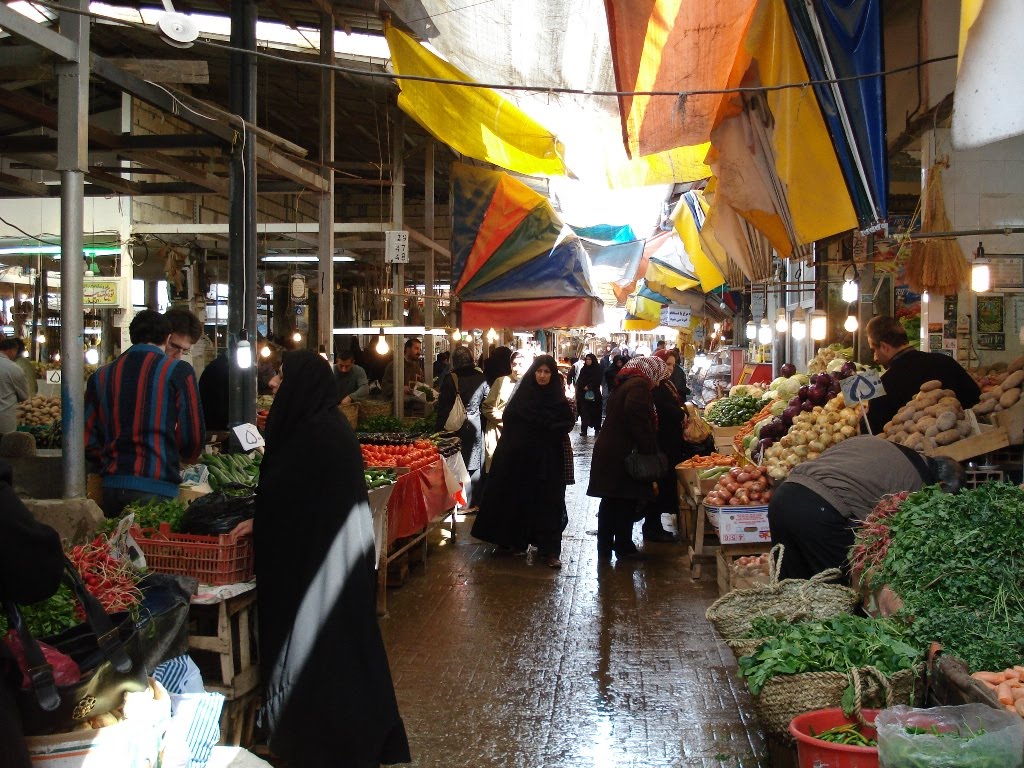There is little doubt that the Iranian economy rebounded after the Joint Comprehensive Plan of Action, but did poverty and the living standards of ordinary Iranians also improve with this economic recovery?
The only reliable source for answering this question is Iran’s Household Expenditure and Income Survey collected by the Statistical Center of Iran every year since the 1960s.
The March 21, 2016 to March 20, 2017 version reports on living standards since the nuclear deal went into effect in January 2016, reads an article recently posted on the website of Iranian professor of economics at Virginia Tech, Djavad Salehi-Isfahani. Excerpts follow:
Graph 1 shows changes in average per capita household expenditures, deflated using the consumer price index and adjusted for the differences in the cost of living between three areas: metropolitan Tehran (home to about 16% of Iran’s population), urban areas (58%) and rural areas (26%). Graph 2 uses the same data to calculate the percent population in these regions who live below a designated poverty line (known as the Headcount Ratio).
Two important points are worth noting here. The first is the divergence in living standards (measured by per capita expenditures) between Tehran on one side and the rest of the country on the other. This is the “Rouhani effect”, the result of austerity that brought down inflation but cost job growth, regressive policies such as raising energy prices while letting the value of cash transfers decline, and other policies favoring businesses and the middle class who predominantly reside in the capital.
Second, Graph 1 shows that living standards in the rest of Iran started to improve in 2016-17, after the nuclear agreement had (partially) gone into effect. This could be the “JCPOA effect”, which is positive and is in line with the 11% growth of GDP in 2016-17 reported by SCI.
Turning to poverty, Graph 2 shows steadily increasing poverty rates for urban areas since 2012. Rural areas experienced a sharp increase in President Hassan Rouhani’s first year in office and remained high. There is little evidence in this graph of a positive JCPOA effect for the poor living outside Tehran.
Clearly, the trickling down of the 11% GDP growth had yet to happen by 2016-17. The good news for JCPOA is that the economy has continued to grow in the first six months of 2017-18, according to SCI, but we do not yet know if this growth has started to reach down more widely to the poor in smaller urban areas.
Graph 2 also shows the effect of cash transfers by former president, Mahmoud Ahmadinejad, on poverty, which started in 2011 as part of his Subsidy Reform Plan.
How do we know it is cash transfers that reduced poverty after 2010? How else would poverty rates come down when the real average (and median) expenditures for urban and rural areas were declining, as seen in Graph 1?
A second quick takeaway from this graph is the generally low rate of poverty in Iran, which is 4.7% for the country as a whole in 2016-17.
Rouhani rightly put his faith in economic growth rather than redistribution as the way forward for the long term, as economic logic tells us. But the same logic also teaches that cash transfers are far superior to energy subsidies.
For whatever reason, perhaps a visceral reaction to Ahmadinejad’s policies, Rouhani’s economic team appears to have made the wrong decision on cash transfers. Having killed the program, they find themselves without an important instrument for energy price reform.


